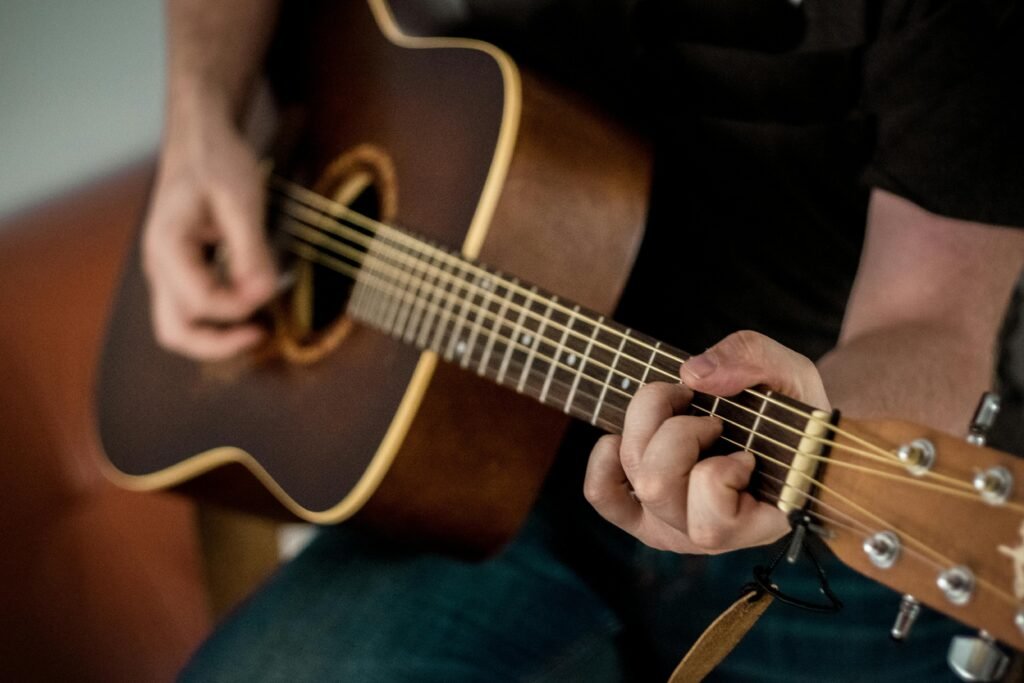Learning to play the guitar can be an incredibly rewarding journey. As a beginner, it’s important to build a strong foundation by mastering essential techniques that will set you up for success as you progress. Here are the top 10 essential guitar techniques every beginner should learn.
1. Basic Chords
Chords are the building blocks of most songs. Start with the most common open chords, such as C, G, D, E, and A. Practice transitioning smoothly between these chords, as it will be crucial for playing your favorite songs.
2. Strumming Patterns
Strumming is how you bring rhythm to your playing. Begin with simple downstrokes and then incorporate upstrokes to create more complex patterns. Practicing with a metronome can help you maintain a consistent tempo.
3. Finger Placement
Proper finger placement is key to producing clean, buzz-free notes. Ensure your fingers are pressing down close to the frets without touching the adjacent strings. This technique also helps in preventing unnecessary finger strain.
4. Alternate Picking
Alternate picking involves using both downstrokes and upstrokes when playing single notes. This technique increases your playing speed and efficiency. Practice with scales or simple melodies to develop this skill.
5. Hammer-Ons and Pull-Offs
Hammer-ons and pull-offs are used to play notes smoothly and quickly. A hammer-on is performed by pressing down a finger onto the fretboard without picking the string again, while a pull-off involves pulling the finger off the fretboard to sound another note.
6. Bending
String bending is used to add expression to your playing. By pushing or pulling the string across the fretboard, you change the pitch of the note. Start with small bends and gradually increase the range as you become more comfortable.
7. Slides
Sliding involves moving your finger up or down the fretboard to a new note without lifting it off the string. This technique adds a smooth, connected feel to your playing and is commonly used in blues and rock.
8. Muting
Muting is used to silence the strings you don’t want to sound. You can use your palm (palm muting) or your fretting hand (left-hand muting) to achieve this. Muting helps in creating a cleaner sound and adds rhythmic texture.
9. Barre Chords
Barre chords involve using one finger to press down multiple strings across a single fret. This technique allows you to play chords up and down the neck of the guitar. Start with the E-shaped and A-shaped barre chords, as they are the most common.
10. Fingerpicking
Fingerpicking involves plucking the strings with your fingers rather than a pick. This technique gives you greater control and allows for more intricate playing. Begin with simple patterns and gradually introduce more complexity as you become comfortable.
Conclusion
Mastering these essential techniques will provide a solid foundation for your guitar playing journey. Consistent practice and patience are key to developing these skills. Remember, every great guitarist started as a beginner, and with dedication, you’ll be able to play your favorite songs and even create your own music. Happy playing!









